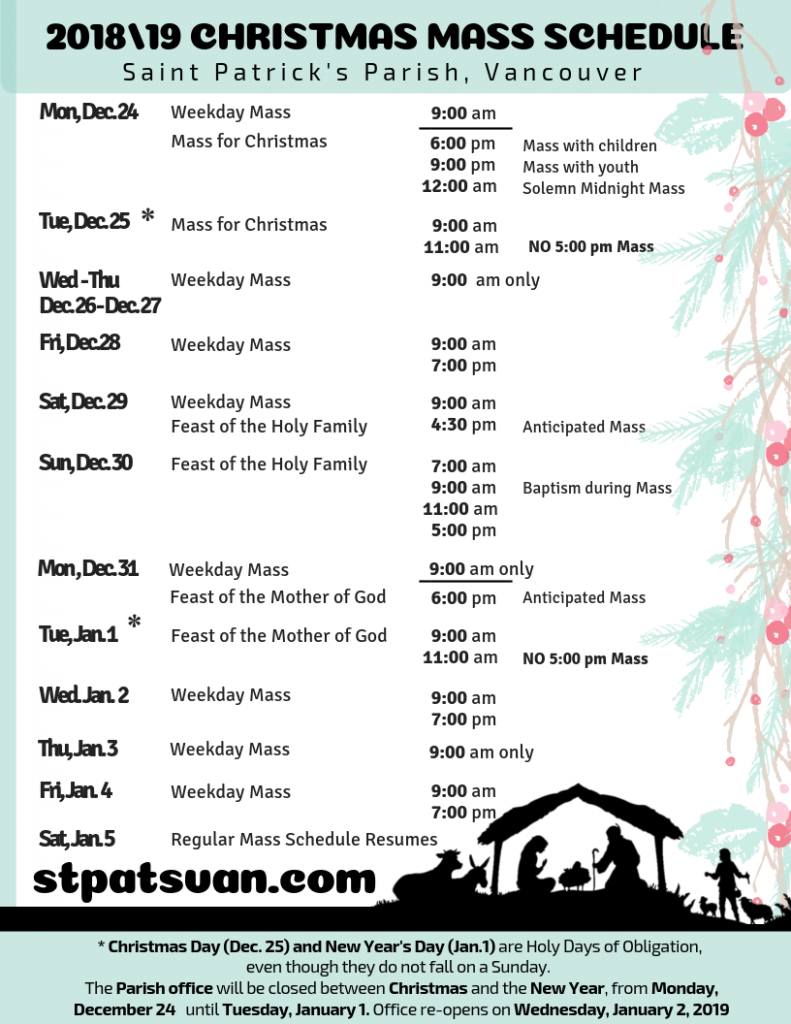Touring San Pedro’s Point Fermin Lighthouse
Most of us Angelenos live inland.
We can forget that way down at its southernmost tip, our gloriously sprawling city meets the Pacific.
San Pedro’s Paseo del Mar borders that ocean. On it sits a throwback to another age: the Point Fermin Lighthouse Historic Site and Museum.
Built in 1874, the lighthouse has bragging rights to being the first navigational light to guide ships into San Pedro Bay. Architect Paul J. Pelz, a draftsman for the U.S. Lighthouse Board, designed the Stick Style Victorian building. With its gabled roof, gingerbread and balustrades, from the photos it looks now just about exactly the way it did then.
In those days, several points along the Southern California coast had lighthouses. They were staffed by federal employees called lighthouse keepers. Each point had its own “signature” — three short blasts of light; one long, two short.
Interestingly, the first two and the last two keepers of the lighthouse were women.
Sisters Mary and Ella Smith kept watch from 1874 to 1882. Captain George Shaw took over from 1882 until 1904, followed by Irby Holt Engels until 1916. The Austin family and their eight children came in 1917. When Will and Martha Austin died in 1925, their two daughters Thelma and Juanita stepped up and kept the lighthouse until 1927.
From 1927 until 1941, the lighthouse was maintained by the city of LA.
After Pearl Harbor Day, December 7, 1941, the coast went dark for fear of enemy attack. The Point Fermin lantern was never lit again.
The lighthouse and museum are open Tuesday through Sunday from 1 to 4 p.m. Admission is free, though a donation is requested.
I drove down on a weekday. Pacific Avenue through the thick of downtown was a reminder that the word “port” often has interesting associations with other words like “smuggling,” “contraband” and “drugs.”
I arrived a little early for the tour and took a stroll along the bluffs. Having grown up on the coast of New Hampshire, I found the long gaze across water to be as familiar as mother’s milk.
Afterward I checked out the grounds. The gardens, gift shop and restrooms are all spotlessly clean, as if ready for inspection by a white-gloved naval officer.
You can only see the museum by means of a half-hour or so tour. When mine began, a docent and I toured the first floor sitting room, the dining room and the pantry.
Provisions were bought every two months. Ice was delivered two or three times a week. Until 1907, the keepers used an outhouse and depended on rain for their water.
The lighthouse is lovingly, pristinely restored and maintained.
We saw the keeper’s office, the bedroom and the bathroom.
Above the two-story living quarters are three “tower floors.” The first houses the oil room, the second the watch room. The third tower room consists of the lantern room, overlooking Catalina Island, where the light was housed.
The romance of the isolated keepers who held their watch through the night, like shepherds, the storms and shipwrecks, the people who over the years had leapt to their deaths from the bluffs below, were compelling.
So was the very interesting intrigue surrounding the renowned 4th order Fresnel lens, “a giant prism that magnifies the small flame from the lantern inside its center.”
The lens was removed from the lighthouse just before World War II and, through a series of events too complicated to describe here, ended up sitting in the window of Mr. Louis Busch’s Malibu real estate office on PCH for more than 30 years.
I gather this was something of a sore spot among the lighthouse’s supporters.
In 2006, 20 of them marched up the coast, retrieved the lens and installed it in its rightful place in the museum.
It’s an altogether splendid object, a kind of freestanding geometric sculpture of translucent green-blue glass with its own peculiar beauty completely apart from its former function.
Meanwhile, the lantern room had been replaced by a lookout shack referred to by locals as “the chicken coop.” Slated for demolition in 1972, the lighthouse was saved by preservationists, added to the National Register of Historic Places and refurbished in 1974.
The lighthouse underwent a $2.6 million facelift in 2002, and was opened by the LA Department of Parks and Recreation to the public the following year.
Today, the volunteer Point Fermin Lighthouse Society maintains the flower and vegetable gardens, puts out a bimonthly newsletter and hosts community activities: Tea by the Sea, an annual Easter egg hunt.
I took one last long look over the ocean from the lighthouse lawn. In a few minutes, I’d be doing battle on the 110.
But for now, I thought of an Emily Dickinson poem I memorized as a child and happen to know still by heart:
“Exultation is the going
Of an inland soul to sea, —
Past the houses, past the headlands,
Into deep eternity!
Bred as we, among the mountains,
Can the sailor understand
The divine intoxication
Of the first league out from land?”
Heather King is a blogger, speaker and the author of several books. For more, visit heather-king.com.

